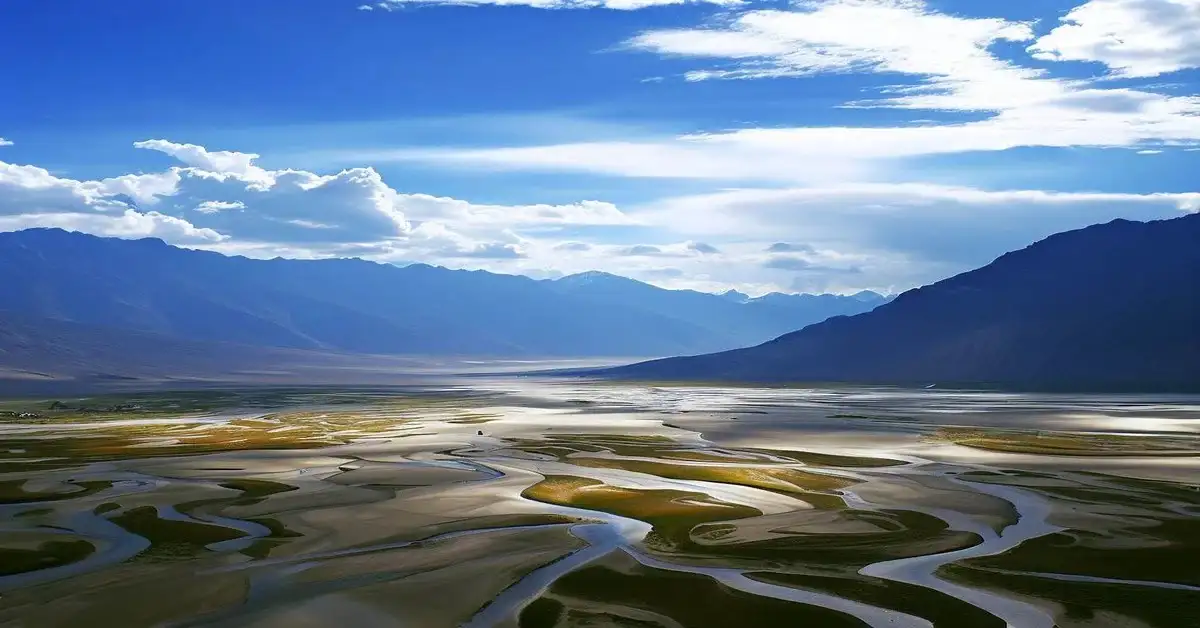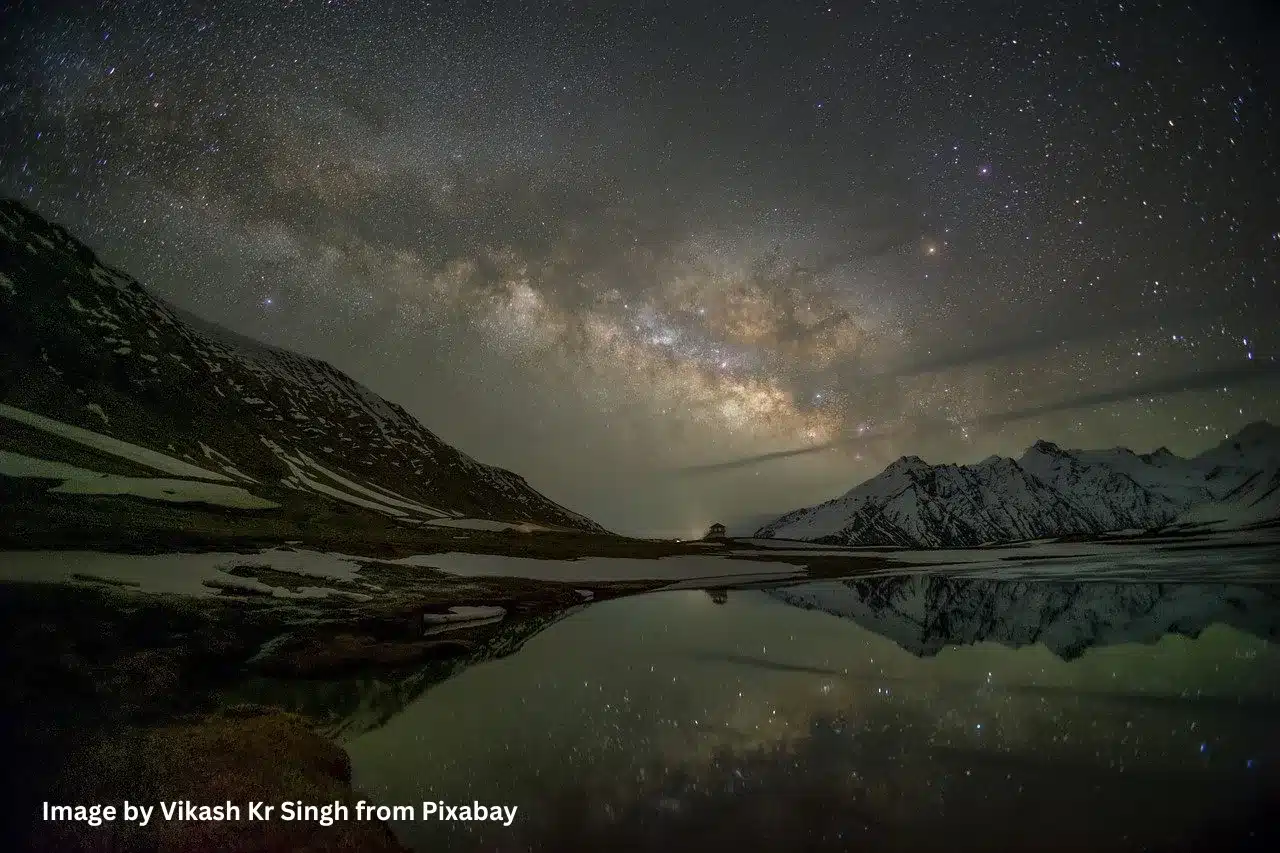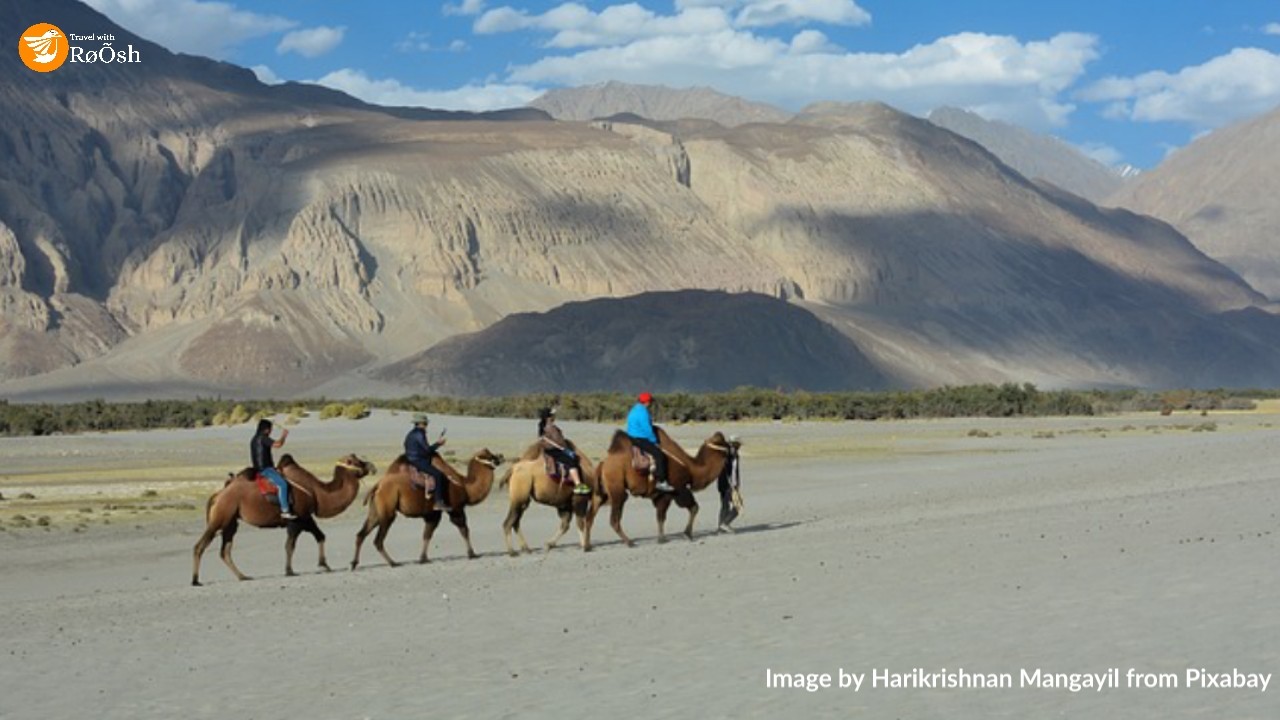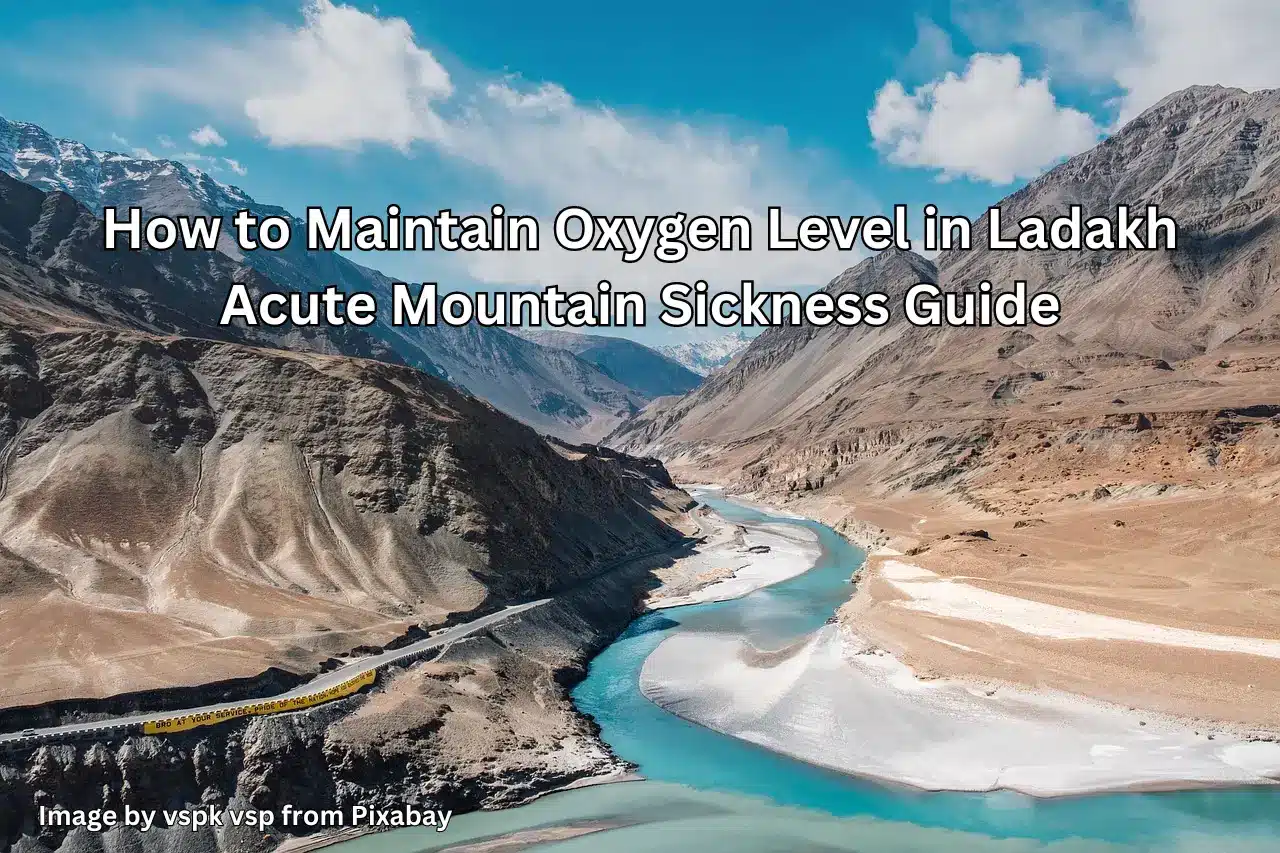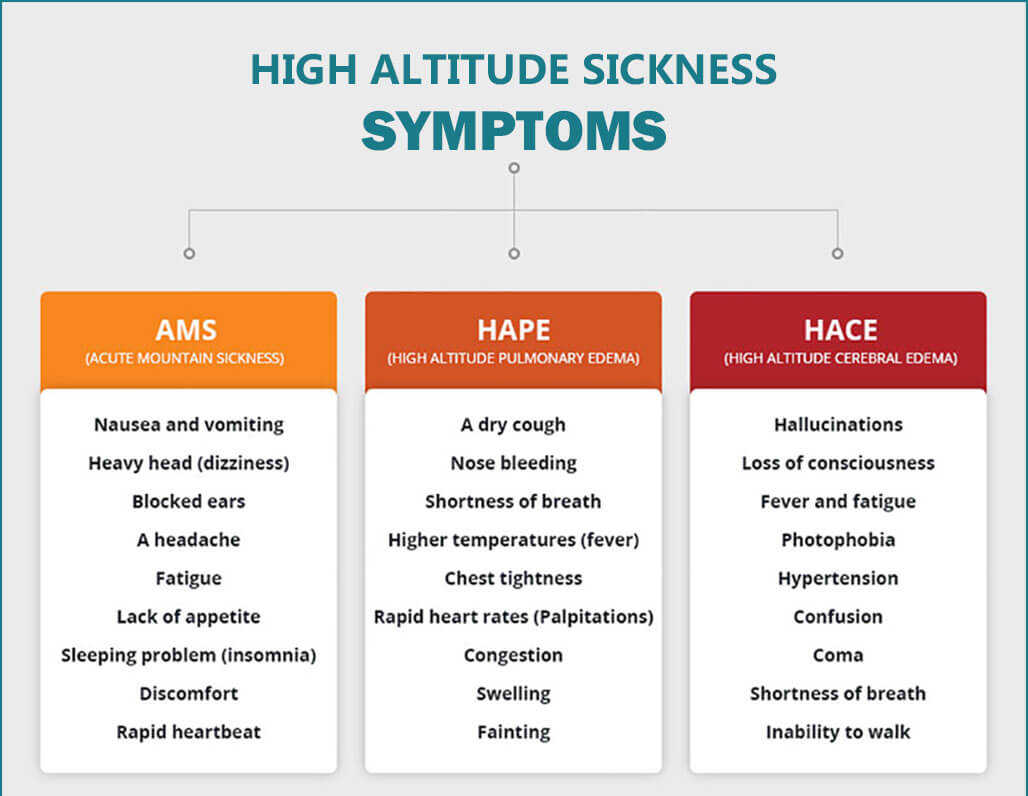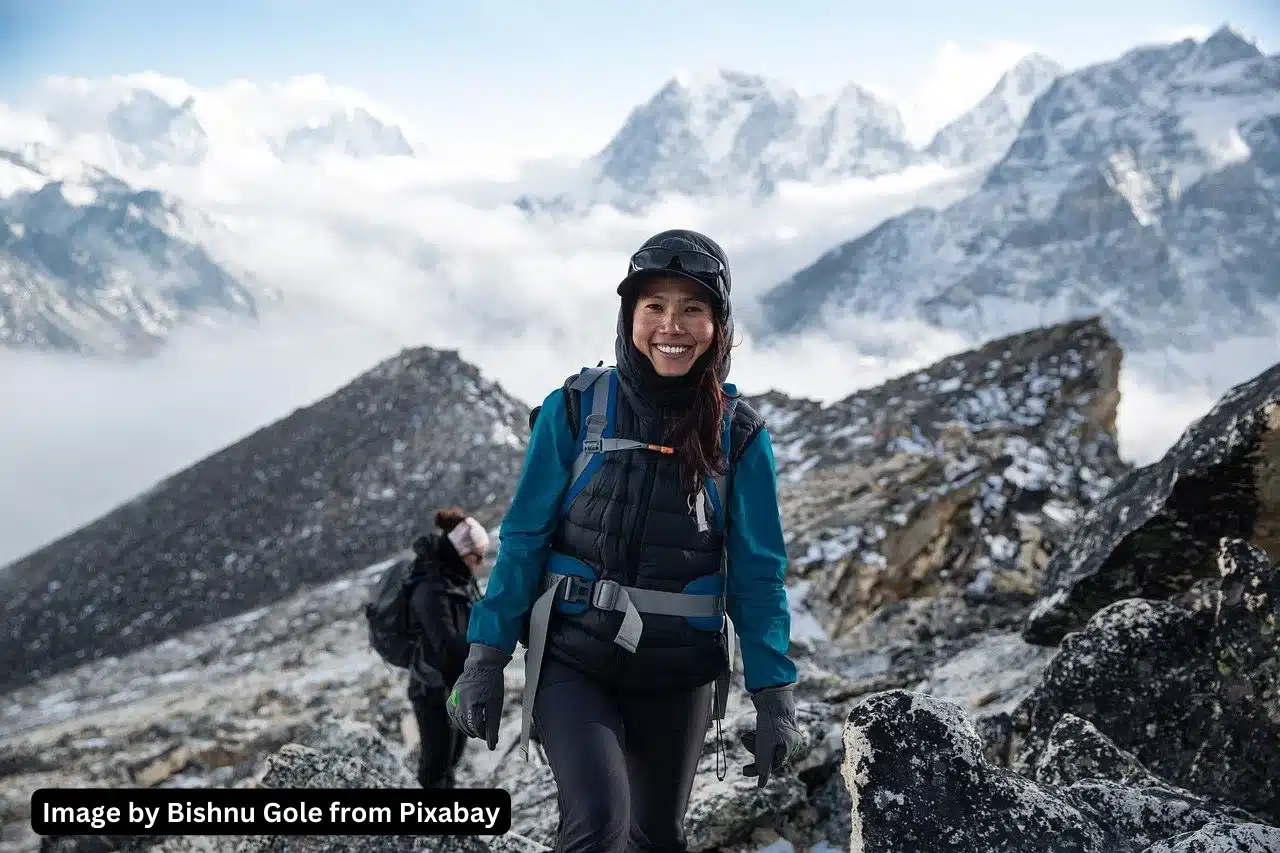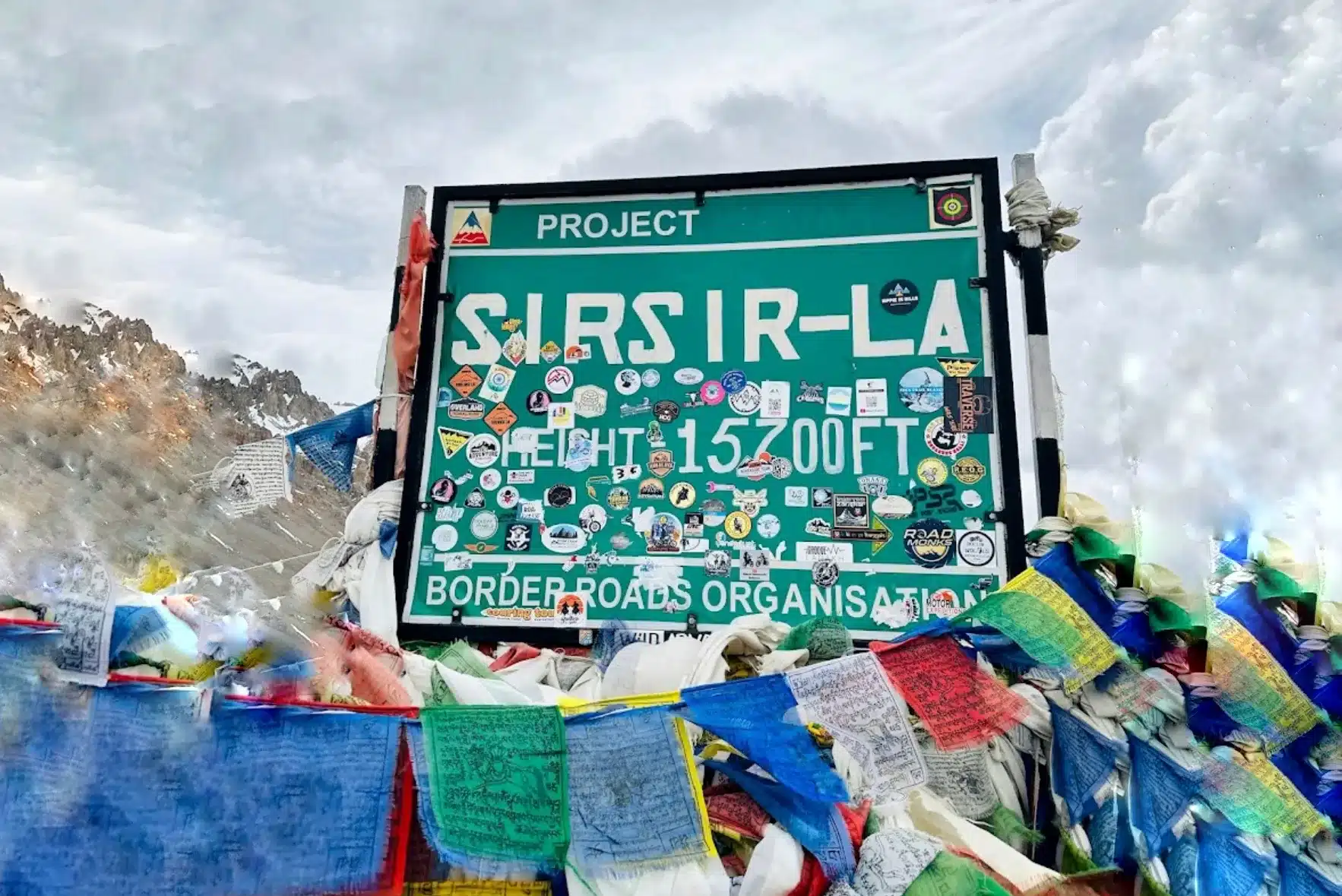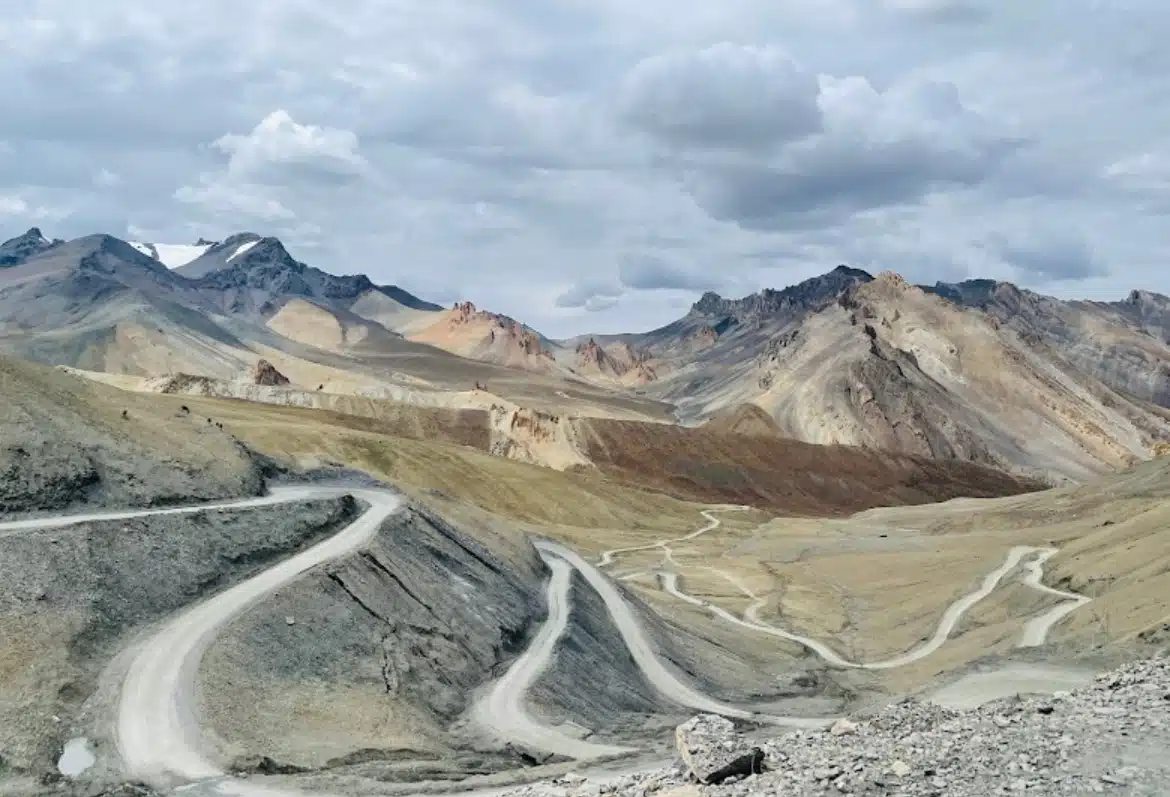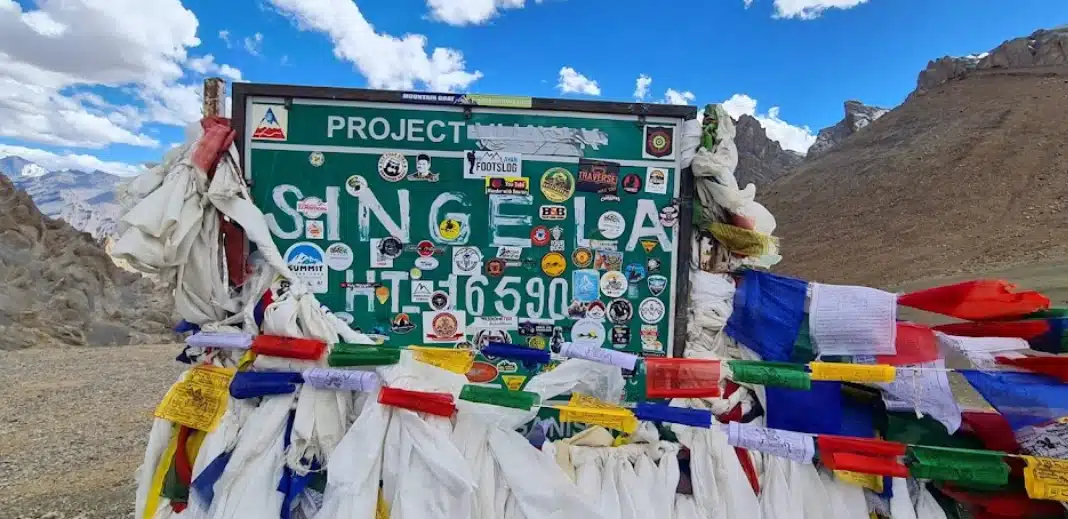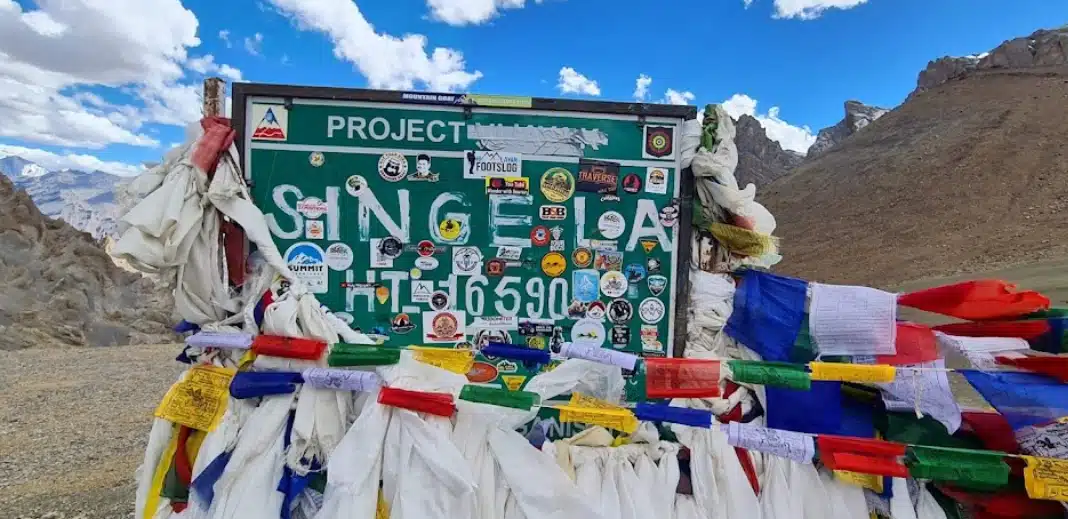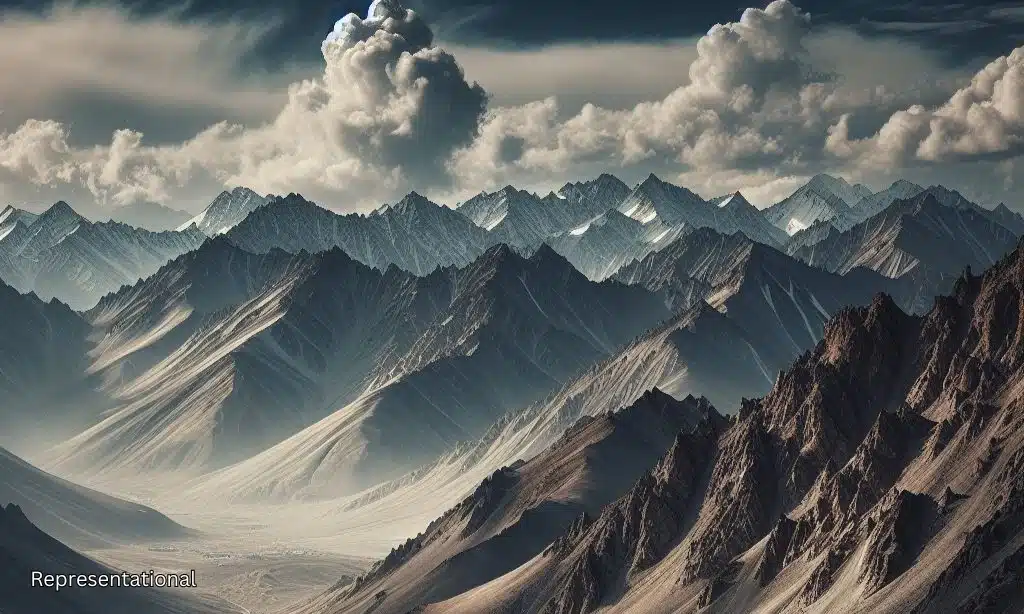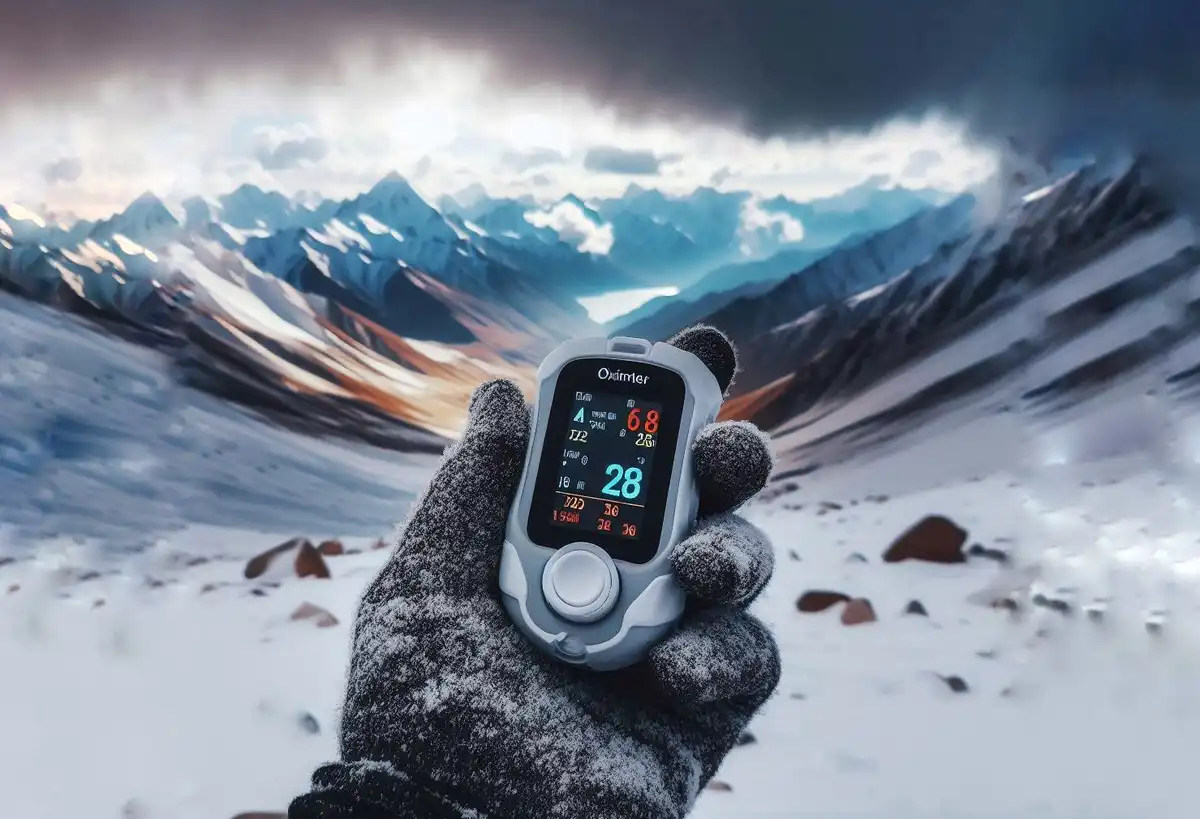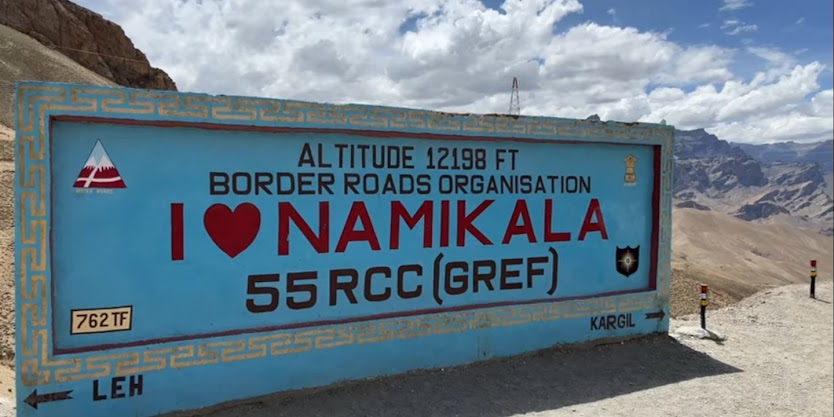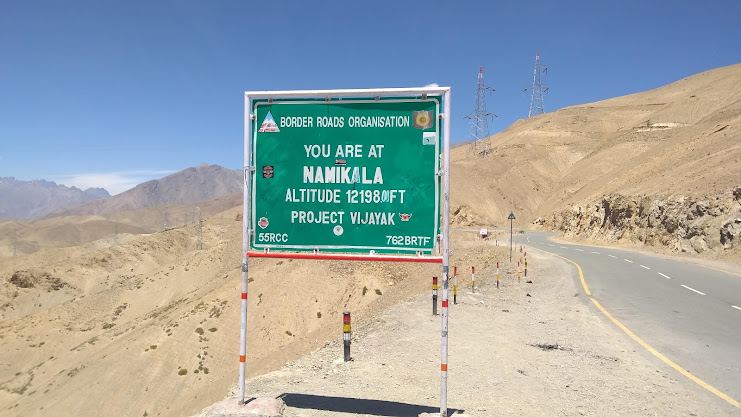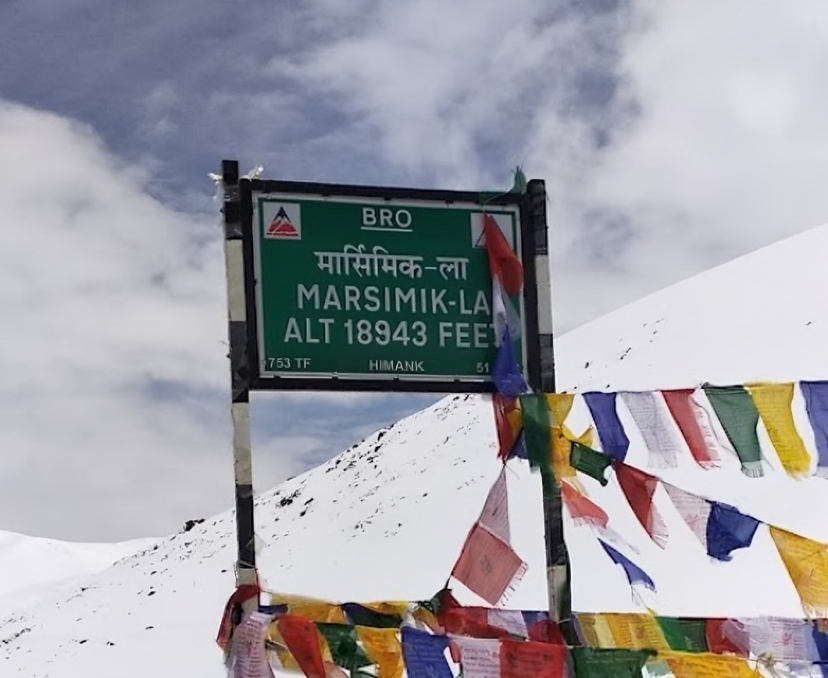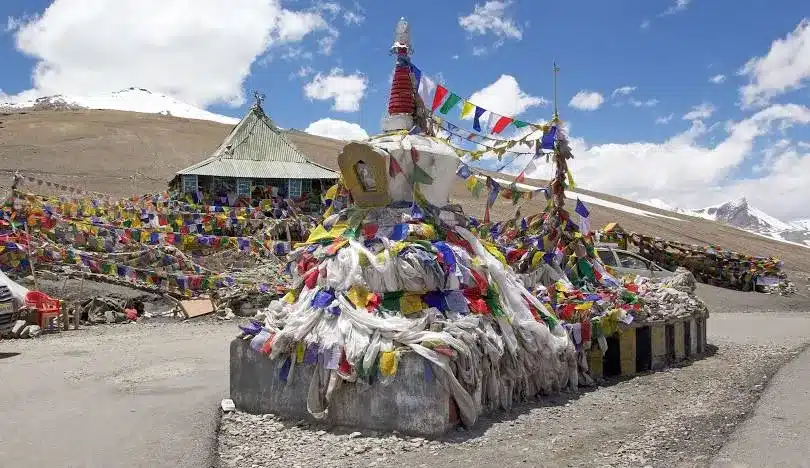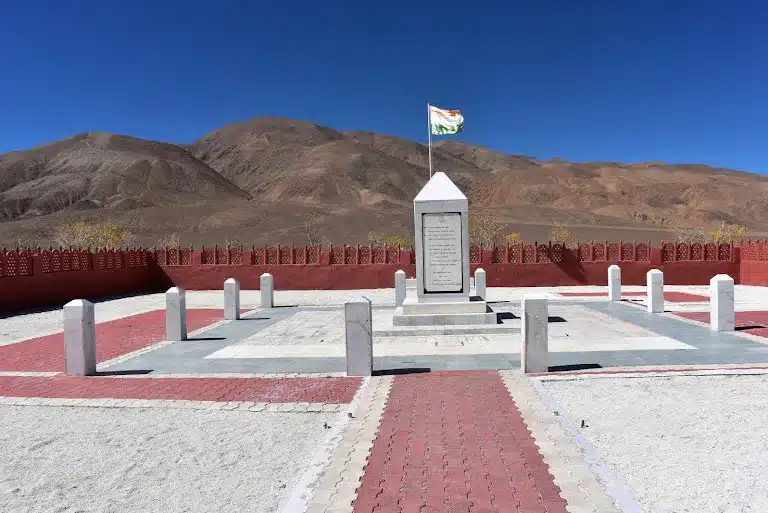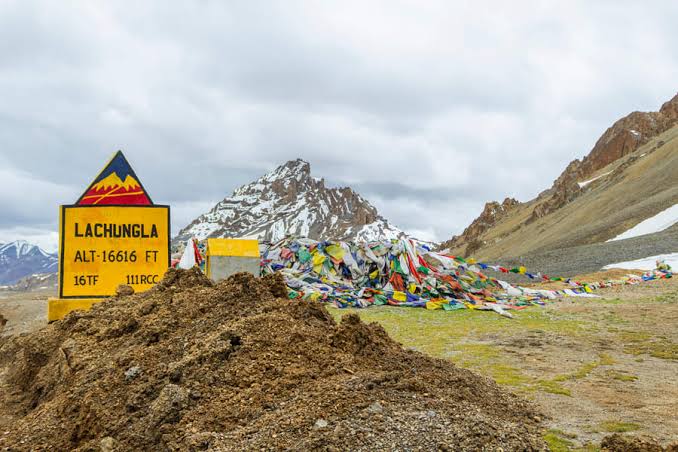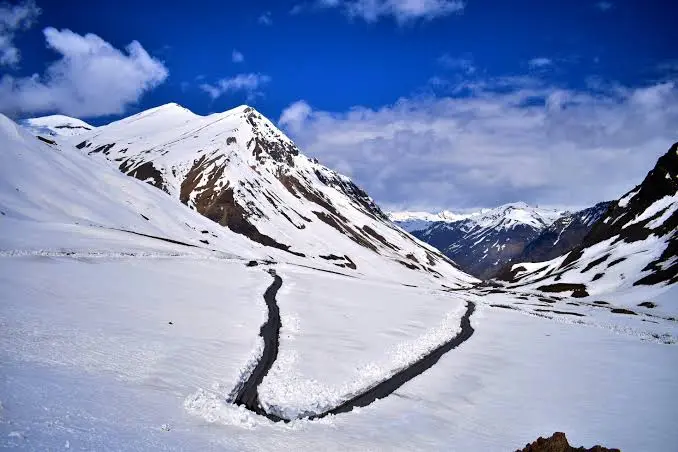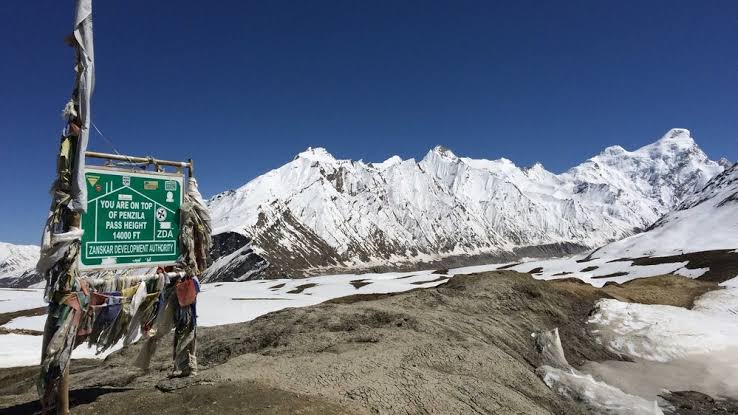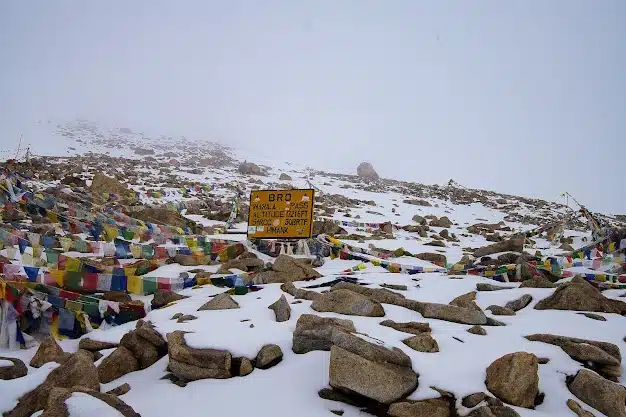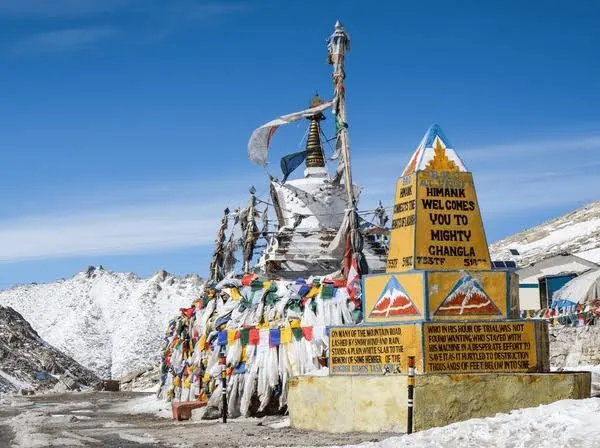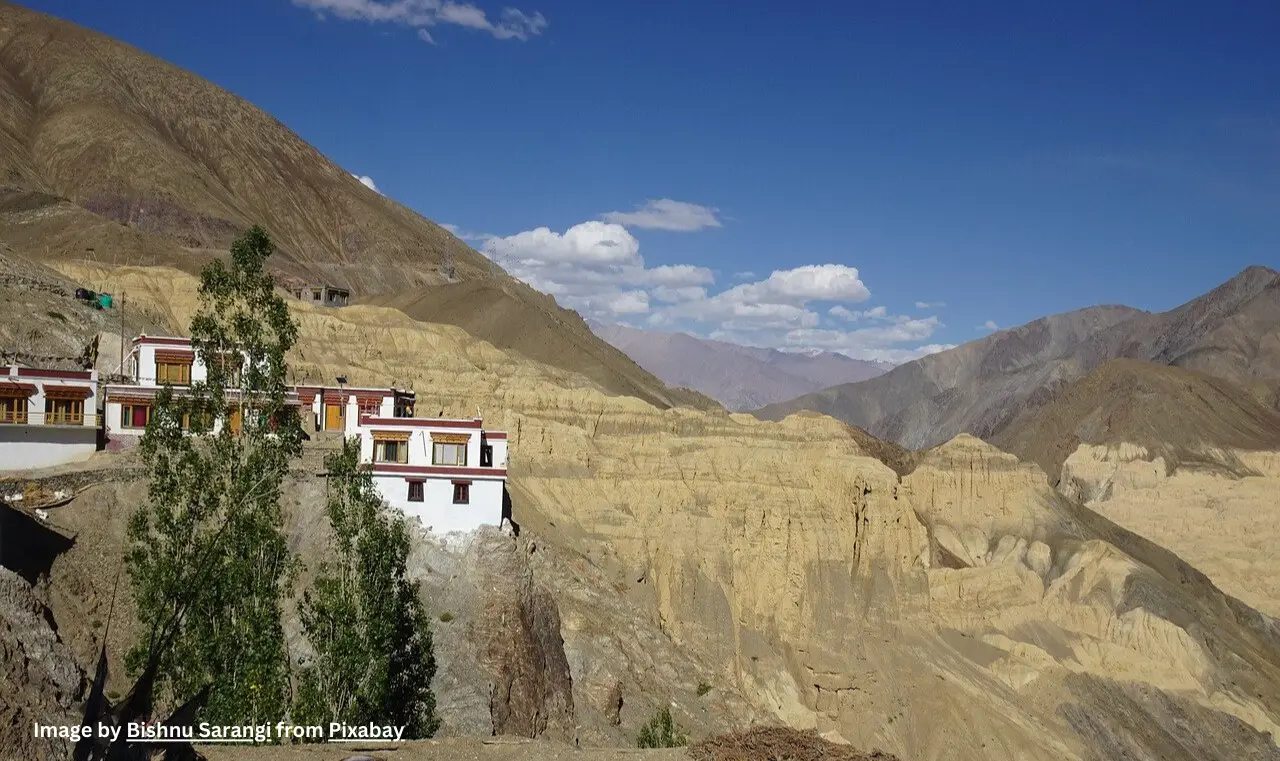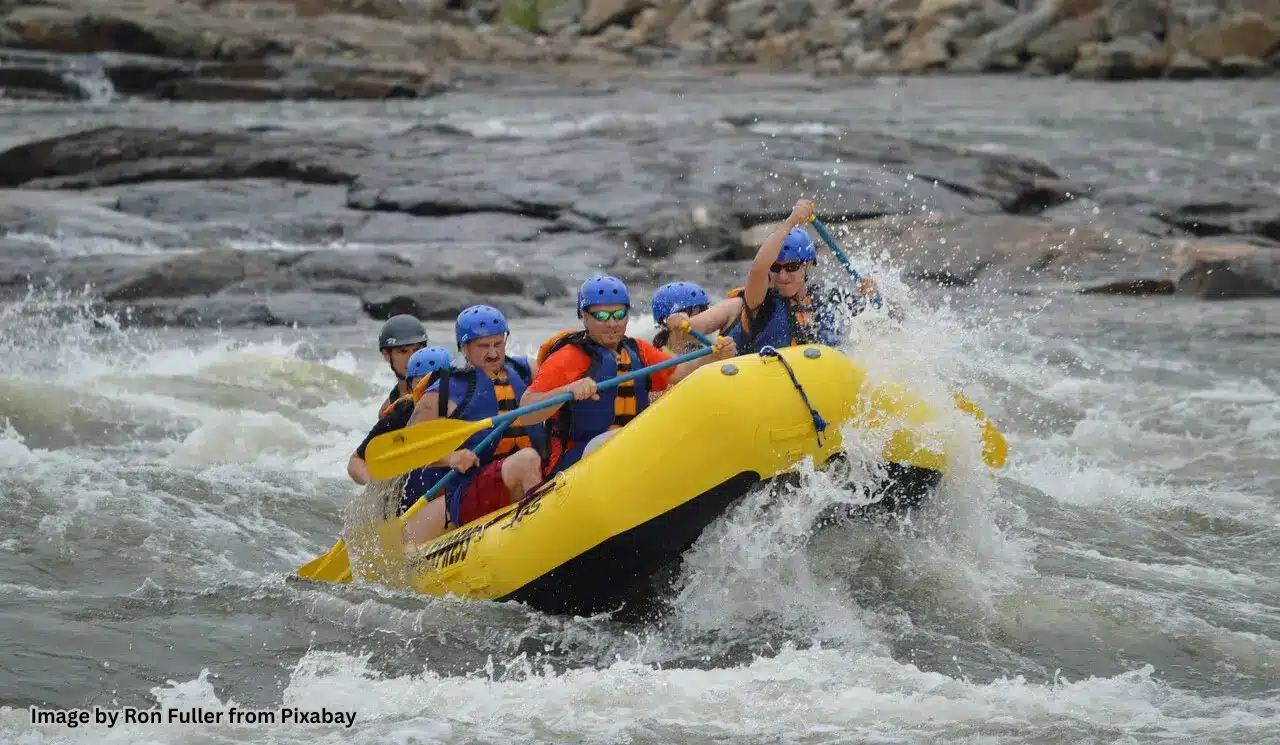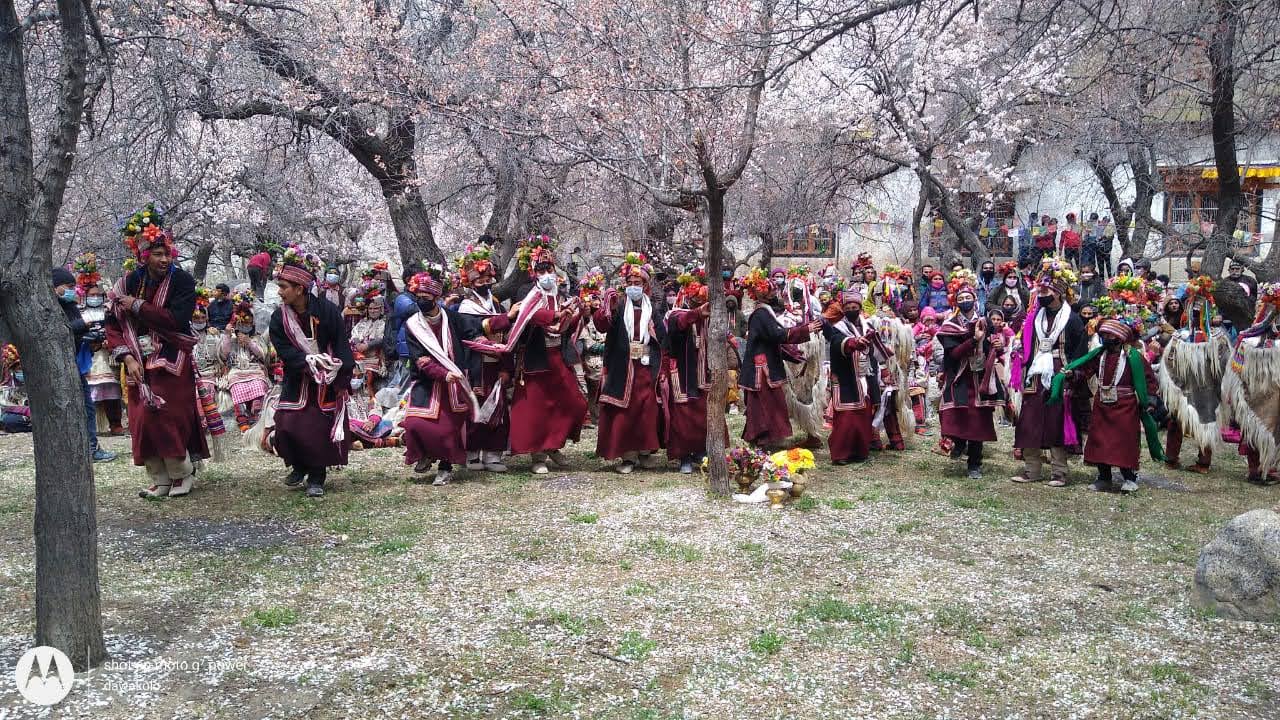You’ve probably heard about seeing the Nubra Valley Milky Way and might be searching for more information on the internet. Are you still unsure if witnessing the Milky Way from Nubra Valley is possible? The answer is a definite yes! You can indeed witness the beauty of the Milky Way from Nubra Valley.
I live in Ladakh and I have visited Nubra Valley many times I have good knowledge about this beautiful destination and Nubra Valley’s Milky Way and Night View. In this blog, I’ll provide detailed information about experiencing the Milky Way in Nubra Valley, essential for anyone planning a visit to this breathtaking destination in Ladakh.
Nubra Valley the valley of flowers
Nubra Valley, located in the northern part of Ladakh, is famous for its stunning landscapes, charming villages, and ancient monasteries. This valley, located between the Karakoram Range and the Himalayas, offers a magical setting for stargazers looking to witness the Milky Way.
Experiencing the Nubra Valley Milky Way
Located in the remote reaches of Ladakh, Nubra Valley boasts an unparalleled setting for stargazing enthusiasts. Its isolated location shields it from the urban glow, ensuring minimal light pollution that enhances the clarity of celestial wonders. As night falls, the expansive skies above Nubra Valley transform into a celestial spectacle, showcasing the intricate patterns of the Milky Way with unmatched brilliance.
Whether you have an interest in astronomy or a seasoned photographer, the pristine atmosphere of Nubra Valley promises an unforgettable experience, where you can immerse yourself in the cosmic grandeur of the universe amidst the majestic landscapes of Ladakh.
Best Time for Milky Way Viewing in Nubra Valley
Though Nubra Valley remains open throughout the year, the best time to see the Milky Way from Nubra Valley is during the summer months (May to September). During this period the skies of Nubra are clear and less atmospheric disturbances, granting stargazers an unobstructed view of the Milky Way.
The weather during summer months is notably conducive to outdoor activities, with mild temperatures and minimal precipitation creating ideal conditions for exploration. Whether you’re an astronomy enthusiast or a casual observer, the summer season in Nubra Valley beckons with promises of celestial wonders, inviting visitors to immerse themselves in the awe-inspiring spectacle of the Milky Way.
How to Reach Nubra Valley for Miky Way
Traveling to Nubra Valley means crossing Ladakh’s rugged landscapes. You can start your journey to reach Nubra Valley from Leh, Ladakh’s capital, you’ll enjoy a scenic road trip with stunning views. You’ll pass through famous mountain passes like Khardung La, one of the world’s highest motorable passes. The towering Himalayas create a breathtaking backdrop against the clear blue sky.
Every turn reveals Ladakh’s natural beauty, making the journey unforgettable. Whether you’re in a car, on a motorcycle, or riding a bicycle, the road to Nubra Valley guarantees an exciting adventure, filled with wonder and leaving lasting memories.
You can click the following map to reach Nubra:
Accommodation Options in Nubra Valley
Nubra Valley offers a variety of accommodations for all budgets and preferences. Visitors can stay in cozy guesthouses for a comfortable retreat, traditional homestays for an authentic local experience, or luxurious resorts for a touch of indulgence.
Whether you prefer warmth and charm, cultural immersion, or luxurious amenities, Nubra Valley has something for everyone. These accommodations enhance the experience of stargazing under the mesmerizing night sky, ensuring that visitors can relax and enjoy the beauty of the Milky Way in comfort and style.
Photography Tips in Nubra Valley
Capturing the Milky Way in Nubra Valley demands meticulous planning and thorough preparation. Photographers must equip themselves with essential gear such as sturdy tripods, wide-angle lenses, and remote shutter releases to achieve optimal results. These tools enable them to capture the celestial spectacle with precision and clarity, ensuring that every detail of the night sky is faithfully rendered in their images.
Additionally, mastering the art of adjusting ISO and exposure settings is paramount to enhancing the quality of Milky Way photographs. By carefully calibrating these parameters, photographers can accentuate the intricate patterns and luminosity of the Milky Way, elevating their images to breathtaking heights. With careful planning, proper equipment, and technical expertise, photographers can immortalize the ethereal beauty of the Milky Way in Nubra Valley, creating stunning visual narratives that evoke a sense of wonder and awe.
Safety Guidelines for Milky Way in Nubra Valley
Safety is paramount for visitors exploring Nubra Valley, particularly during the night to ensure a safe and enjoyable experience, consider the following:
- Acclimatize gradually to the high altitude to allow your body to adjust to reduced oxygen levels.
- Stay hydrated to combat altitude sickness and maintain overall well-being.
- Exercise caution to mitigate potential hazards in the rugged terrain, especially after dark.
- Navigate unfamiliar paths under the veil of night with extra vigilance to avoid accidents or getting lost.
- Carry necessary safety equipment, such as flashlights and emergency supplies.
- Inform others of your itinerary before starting your nighttime explorations.
By prioritizing safety measures and respecting the inherent challenges of Nubra Valley’s environment, visitors can enjoy their experience while minimizing risks and ensuring a memorable journey in this enchanting destination.
Things to do in Nubra Valley
Apart from enjoying the Milky Way, Nubra Valley offers many exciting activities. You can take a camel ride through Hunder’s sand dunes, feeling the gentle sway of the camels as you journey through the desert-like scenery.
Explore ancient monasteries scattered throughout the valley, each with its own rich history and spiritual significance. Don’t forget to try Ladakhi cuisine, filled with aromatic spices and fresh local ingredients, providing a unique culinary experience. Whether you’re looking for adventure, cultural immersion, or delicious food, Nubra Valley has something to offer everyone who visits.
Attractions in Nubra Valley
Exploring beyond Nubra Valley opens up a world of diverse experiences. Whether delving into history, finding solace in nature, or seeking adventure, Nubra Valley’s attractions promise a journey filled with discovery and wonder. Here’s what you can discover:
- Ancient monasteries like Diskit and Sumur offer serene settings for reflection, showcasing the region’s rich spiritual history.
- Panamik’s hot springs provide a soothing retreat amid the valley’s tranquility, perfect for weary travelers seeking rejuvenation.
- Adventurous souls can go on treks through Nubra Valley’s rugged terrain, immersing themselves in its untamed beauty. These treks lead through lush valleys and towering peaks, leaving lasting impressions on those who dare to venture.
FAQ
Can we see Milky Way in Nubra Valley?
Yes, you can see Milky Way in Nubra Valley. Which makes it one of the most visited places in Ladakh by tourists.
Where in India you can see Milky Way galaxy?
Ladakh is the best place to see the Milky Way Galaxy because of its elevation and no light pollution. Viewing and capturing the Milky Way galaxy from Pangong Lake, Hanle, and Nubra Valley is famous among tourists.
Can we see Milky Way from Spiti Valley?
Yes, visitors can see Milky Way from Spiti Valley as well. Nubra Valley Milky Way in Ladakh is also famous among the visitors.
Can we see Milky Way from Ladakh?
Of course, you can see milky way from Ladakh. Hanle, Pangong Tso, and Nubra Valley Milky Way are the top attractions in Ladakh.
Is Milky Way visible everyday?
Yes, the Milky Way is visible every day unless there are no clouds and no light pollution.
Conclusion
Nubra Valley invites travelers to witness the Milky Way amidst the majestic landscapes of Ladakh. In this Blog, I’ve tried to provide comprehensive insights into experiencing the Nubra Valley Milky Way.
I hope this guide has addressed your queries and provided valuable insights for planning your visit to Nubra Valley. If you have further questions or need assistance, feel free to reach out. Thank you for reading. Have a great memorable trip.
Jullay!
Similar Experiences: Pangong Lake Milky Way | A complete guide you need to know



